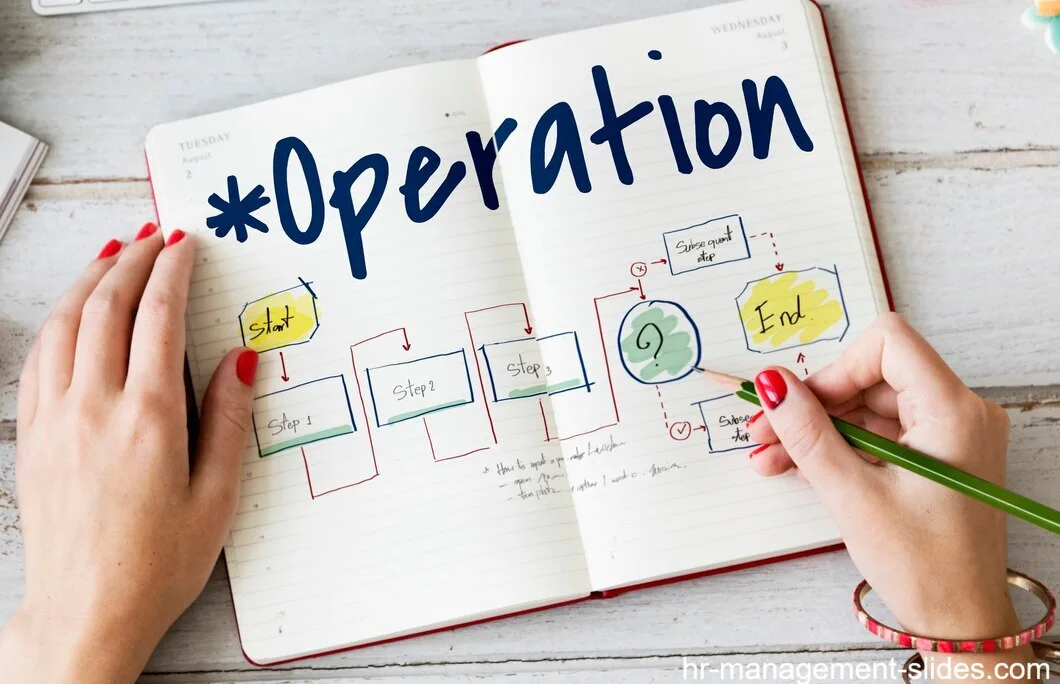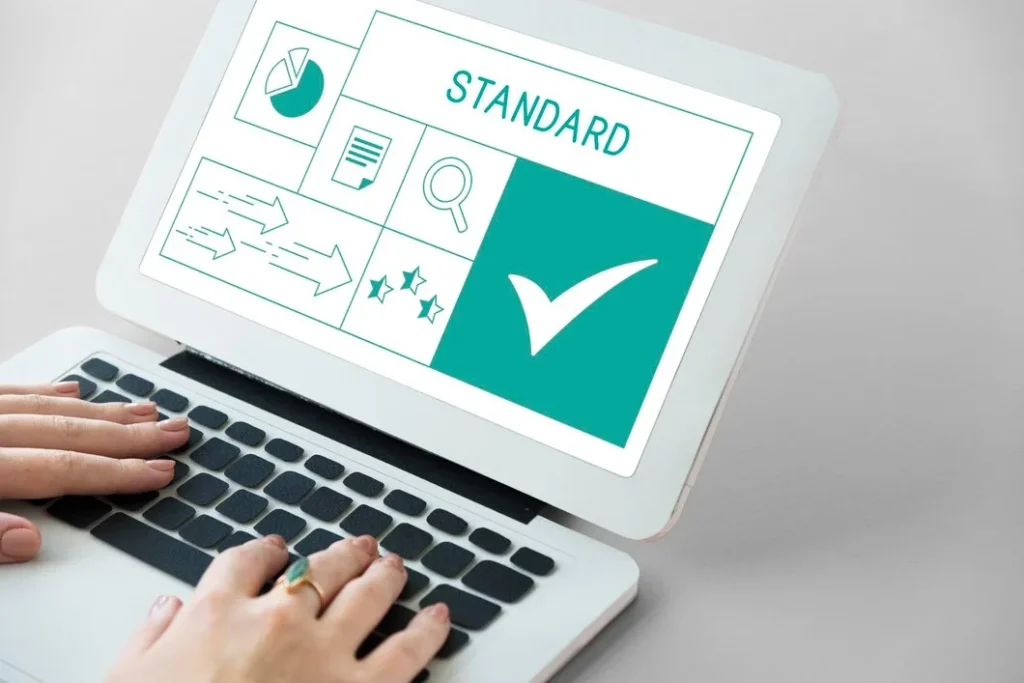Looking for manpower planning template or want to understand the basic? These article will tell you both of them.
Manpower planning is crucial in order to ensuring you have the right people, in the right roles, at the right time.
This process, also known as human resource planning, is a critical element in a company’s strategic toolkit.
It’s not just about filling vacancies, it’s about aligning your workforce with your business goals, optimizing productivity, and ultimately driving growth.
So, whether you’re a startup or a multinational corporation, manpower planning is a key to success. Let’s delve deeper into this fascinating topic.
Understanding Manpower Planning
Manpower planning, often referred to as human resource planning, is a strategic process that enables businesses to efficiently manage their most valuable asset – their employees.
It involves forecasting the organization’s future manpower needs and designing the necessary steps to meet those needs.
The process begins with understanding the organization’s strategic objectives. What are the company’s goals for the next year, five years, or even ten years? These objectives will guide the manpower planning process.
Next, the current workforce is analyzed. How many employees are there? What skills do they have? Are there gaps that need to be filled? This analysis provides a clear picture of the current state of the workforce. These questions need to be answer according to your own business.
Once the current state is understood, the future workforce needs can be forecasted. This involves predicting changes in the market, technology, and workforce demographics, and understanding how these changes will impact the demand for certain skills.
Finally, a plan is developed to bridge the gap between the current workforce and the future needs. This could involve hiring new employees, training existing employees, or restructuring roles within the company.
Do You Business Need A HR Planning?
Well, the short answer is, yes! Every business, regardless of its size or industry, can benefit from manpower planning. It helps to avoid staffing shortages and surpluses, ensuring smooth operations. Consequently, it leads to increased productivity and profitability.
Alright then, knowing that this is important for business growth what step shoud you take to implement it? There a simple method to do this, we’ll explain below.
Manpower Planning Template and Why You Should Use It
Normally you have to arrange everything from beginning. It cost lots of time and energy (Potentially causing headache, seriously it is).
So rather than creating yourself, why not use template to make things easier?
A manpower planning template is a useful tool that simplifies the planning process.
It provides a structured format for identifying staffing needs, analyzing workforce skills, and developing action plans. Using it can save time, reduce errors, and improve decision-making.
Manpower Template and Tools From Us
Are you looking for a reliable, user-friendly solution to streamline your manpower planning analysis process? Look no further! Our website, hr-management-slides.com, is your ultimate destination for all your HR planning needs.
We offer a wide range of free and premium templates designed specifically for manpower planning and HR management.
These templates are not just visually appealing, but also highly functional and easy to use. They can help you forecast staffing needs, analyze workforce skills, and develop effective action plans.
But that’s not all, our templates are fully customizable, allowing you to tailor them to your specific business needs.
Whether you’re a small business owner or an HR manager at a multinational corporation, our templates can make your manpower planning process more efficient and effective.
Goals of Manpower Planning and Its Benefits
Manpower planning offers a multitude of benefits that contribute to the overall success of a business. Here are some key advantages:
1. Efficient Use of Resources: Manpower planning helps in utilizing human resources optimally. It ensures that the organization is neither overstaffed nor understaffed, leading to maximum productivity with minimum waste.
2. Cost Savings: By accurately predicting staffing needs, businesses can avoid unnecessary hiring costs and reduce overhead expenses. This leads to significant cost savings in the long run.
3. Improved Employee Satisfaction: When employees see that their skills and talents are being effectively utilized, it leads to increased job satisfaction and morale. This, in turn, reduces turnover and increases employee retention.
4. Better Decision Making: Manpower planning provides valuable insights that aid in strategic decision-making. It helps leaders make informed decisions about hiring, training, and development.
5. Future Preparedness: Manpower planning is not just about meeting current needs. It’s also about anticipating future challenges and opportunities. This helps businesses stay agile and adaptable in a rapidly changing market.
Read more: The Importance of Manpower Planning for Your HR Strategy
So why wait? Check our website and get your premium HR template today and explore our extensive collection of manpower planning templates. Start streamlining your HR processes, improve your decision-making, and drive your business success to new heights.










